Apollo Flight Journal channel published a detailed video that shows every second of the complete descent and landing of Apollo 11, the spaceflight that first landed humans on the Moon on July 20, 1969. The video combines data from the onboard computer for altitude and pitch angle (you can see both altitude and pitch angle every second), 16mm film that was shot throughout the descent at 6 frames per second.
Today’s (July 20) story of what happened this day in Science, Technology, Astronomy, and Space Exploration history.
The complete descent and landing of Apollo 11
The audio recording, published by the Apollo Flight Journal, is from two sources:
- The air/ground transmissions are on the left stereo channel
- and the mission control flight director loop is on the right channel.
Subtitles are included to aid comprehension.
Apart from Neil Armstrong, Buzz Aldrin, and Mike Collins, the video includes the following people from the mission control team:
- Flight Director – Gene Kranz
- CapCom – Charlie Duke
- GNC – Buck Willoughby
- EECOM – John Aaron
- FIDO – Jay Greene
- RETRO – Chuck Deiterich
- Guidance – Steve Bales
- Control – Bob Carlton
- TELCOM – Don Puddy
- Surgeon – John Zieglschmid
Apollo 11
Apollo 11 was launched on July 16, 1969, at 13:32:00 UTC on a Saturn V rocket from Kennedy Space Center on Merritt Island, Florida.
After being sent to the Moon by Saturn V’s third stage, the astronauts separated the spacecraft from it and traveled for three days until they entered lunar orbit. Neil Armstrong and Buzz Aldrin then moved into Apollo Lunar Module Eagle and landed in the Sea of Tranquility on July 20.
Attached to the descent stage (which also served as the launch platform for the ascent stage and remains on the lunar surface) was a commemorative plaque signed by US President Richard M. Nixon and the three astronauts (Neil Armstrong, Commander, Michael Collins, Command Module Pilot, and Buzz Aldrin, Lunar Module Pilot).
The plaque reads: “Here men from the planet Earth first set foot on the Moon July 1969, A.D. We came in peace for all mankind.”
Almost four hours after landing, Armstrong emerged from the Eagle and deployed the TV camera for the transmission of the event to Earth. At about 109 hours, 42 minutes after launch, Armstrong stepped onto the moon. About 20 minutes later, Aldrin followed him.
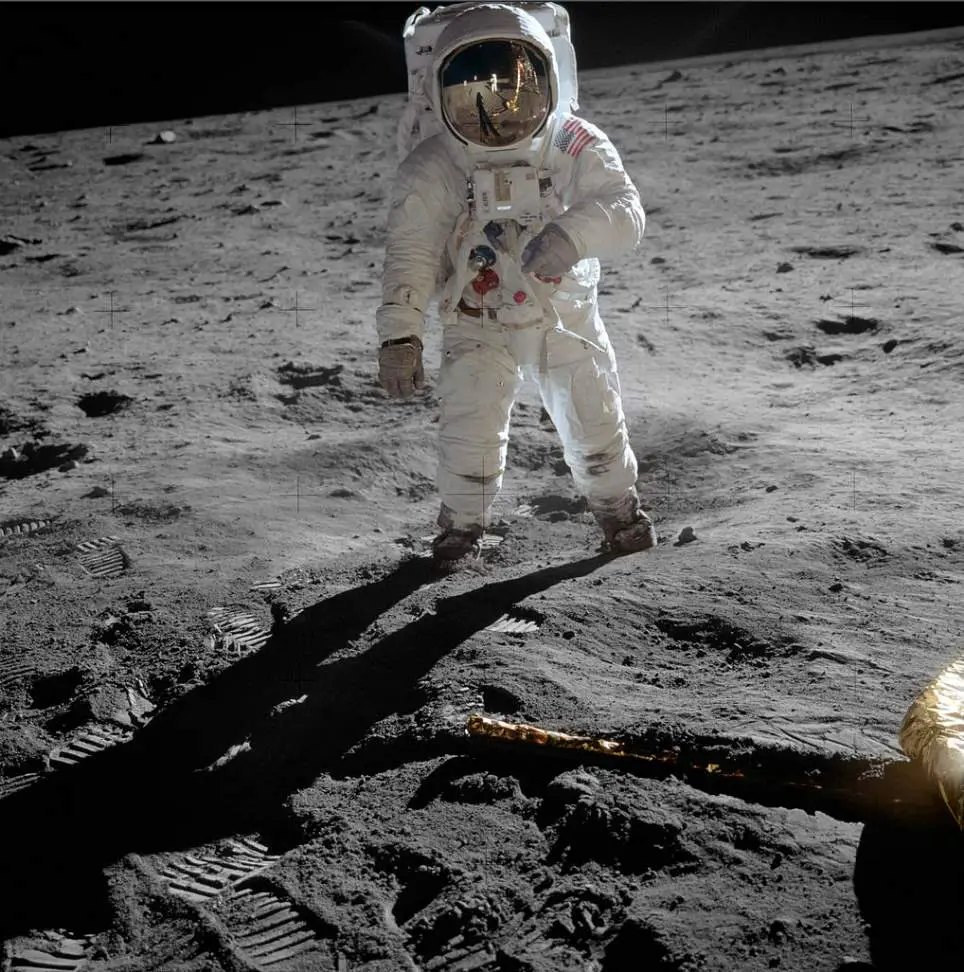
During the EVA (Extravehicular Activity), in which they both ranged up to 300 feet (about 100 meters) from the Eagle, Aldrin deployed the Early Apollo Scientific Experiments Package, or EASEP, experiments, and Armstrong and Aldrin gathered and verbally reported on the lunar surface samples.
After Aldrin had spent one hour, and 33 minutes on the surface, he re-entered the LM, followed 41 minutes later by Armstrong. The entire EVA phase lasted more than two-and-a-half hours, ending at 111 hours, 39 minutes into the mission.
Armstrong and Aldrin spent 21 hours, and 36 minutes on the moon’s surface. After a rest period that included seven hours of sleep, they used Eagle’s ascent stage to lift off from the lunar surface and rejoin Collins in the command module. They jettisoned Eagle before they performed the maneuvers that propelled the Command Module named Columbia out of the last of its 30 lunar orbits onto a trajectory back to Earth.
Three astronauts returned to Earth and splashed down in the Pacific Ocean on July 24 after more than eight days in space.
Key moments of the descent and landing of Apollo 11
With the starting times in the video:
- 05:22 – Eagle’s main engine ignited to begin the powered descent to the Lunar surface. The spacecraft’s main computer is running in the P63 mode, the Landing Maneuver Braking Phase.
- 09:25 – GO! The two astronauts are GO to continue powered descent.
- 13:50 – Computer major mode P64, Landing Maneuver Approach Phase. Altitude: 6,850 feet (2,087 meters).
- 14:27 – GO! The two astronauts are GO for landing. Altitude: 3,150 feet (960 meters).
- 14:37 – Computer displays alarm codes. 1201 – guidance (Steve Bales) says “Same type, we’re GO, flight”.
- 15:08 – Altitude: 1,000 feet (304 meters).
- 15:29 – Armstrong enters Program 66 (P66 – Rate of Descent Landing or ROD phase) which gives him control of the Lunar Module’s (LM) attitude. Altitude: 510 feet (155 meters).
- 15:32 – Armstrong immediately pitches forward to maintain his ground speed. This maneuver lets him fly over the boulder field that surrounds Crater West.
- 16:00 – Armstrong pitches the LM back to reduce Eagle’s ground speed.
- 16:15 – Eagle is approaching the Little West crater. The eventual landing point will be just beyond.
- 16:40 – Apollo Mission Control Center (MCC) begins a 94-second countdown that will lead to a “Bingo” call – either land or abort now.
- 17:06 – They have 5% propellant remaining which is enough for only 100 seconds. Altitude: 80 feet (24 meters)
- 17:58 – Touchdown!
- 18:00 – Engine stop.
- 18:20 – Armstrong announces: “Tranquility Base here. The Eagle has landed.”
- 19:10 – Stay/No stay – STAY!
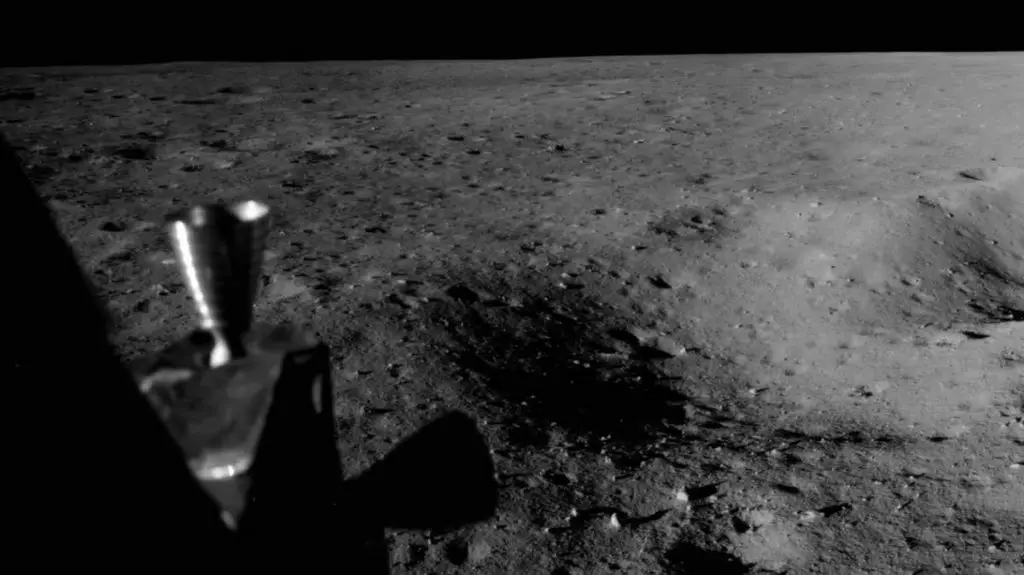
Sources
- Apollo 11 on Wikipedia
- Apollo 11 Mission Overview on the NASA website
- Apollo 11 Mission page on the NASA Solar System website
- The Apollo Onboard Computers on the Apollo Flight Journal website
- How Many Elephants are Left in the World in 2025? - August 17, 2025
- Moon Landings: All-Time List [1966-2025] - February 2, 2025
- What Is Max-Q and Why Is It Important During Rocket Launches? - January 16, 2025
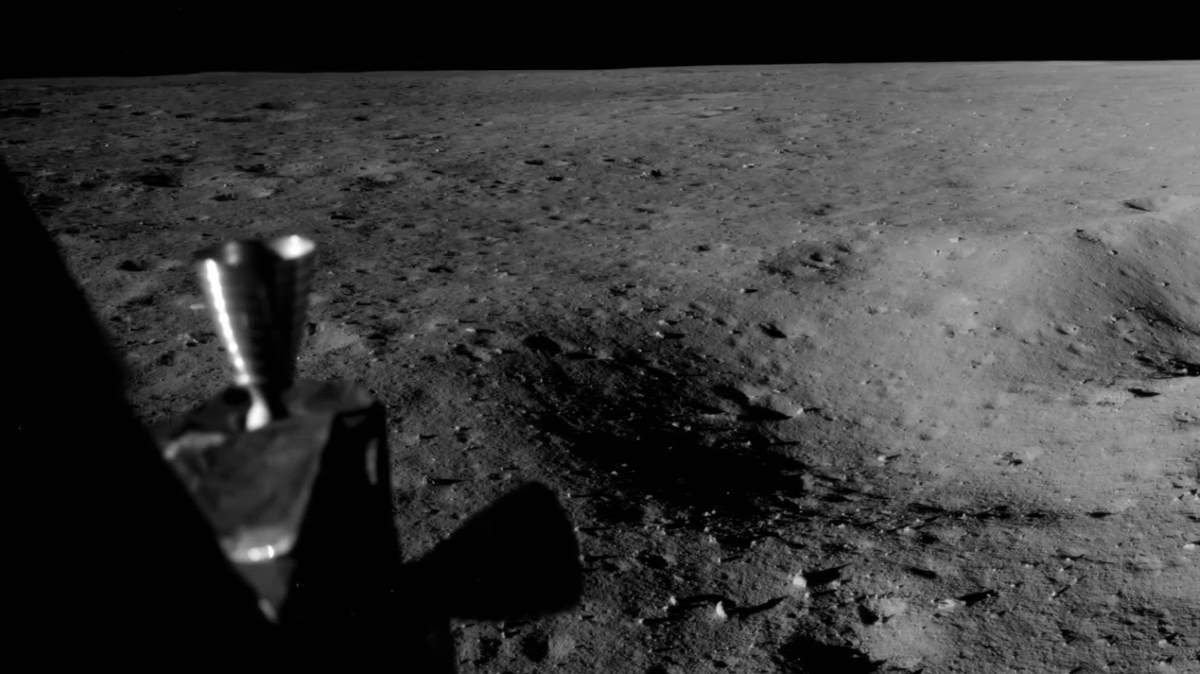
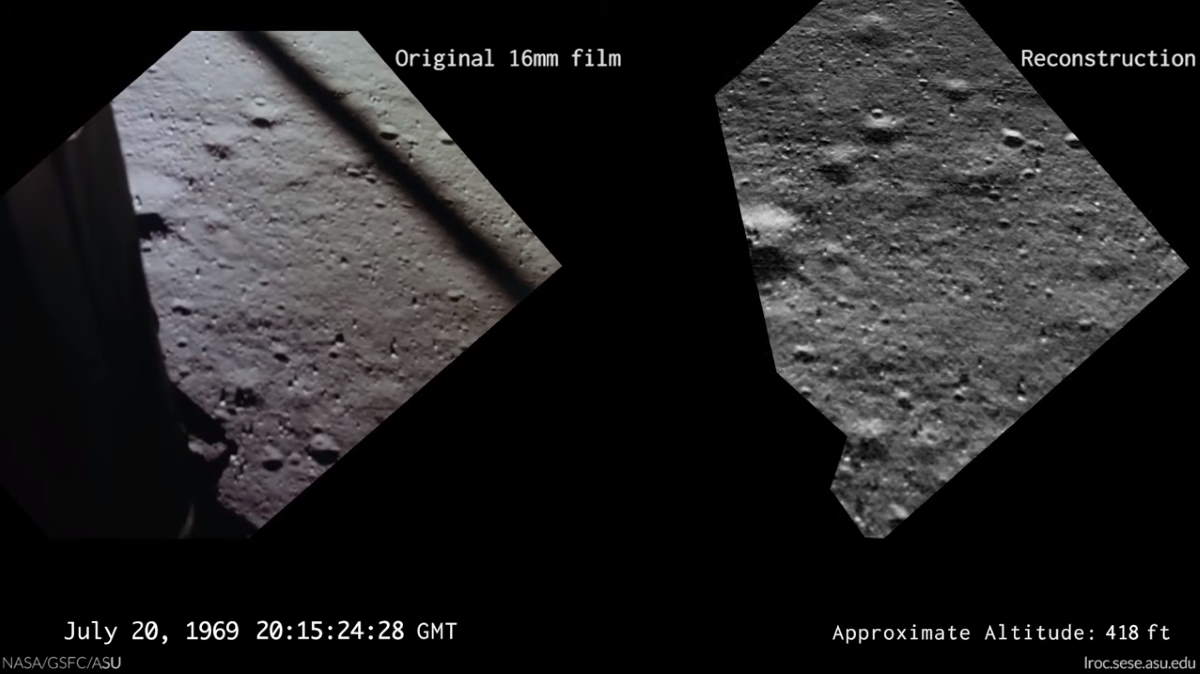
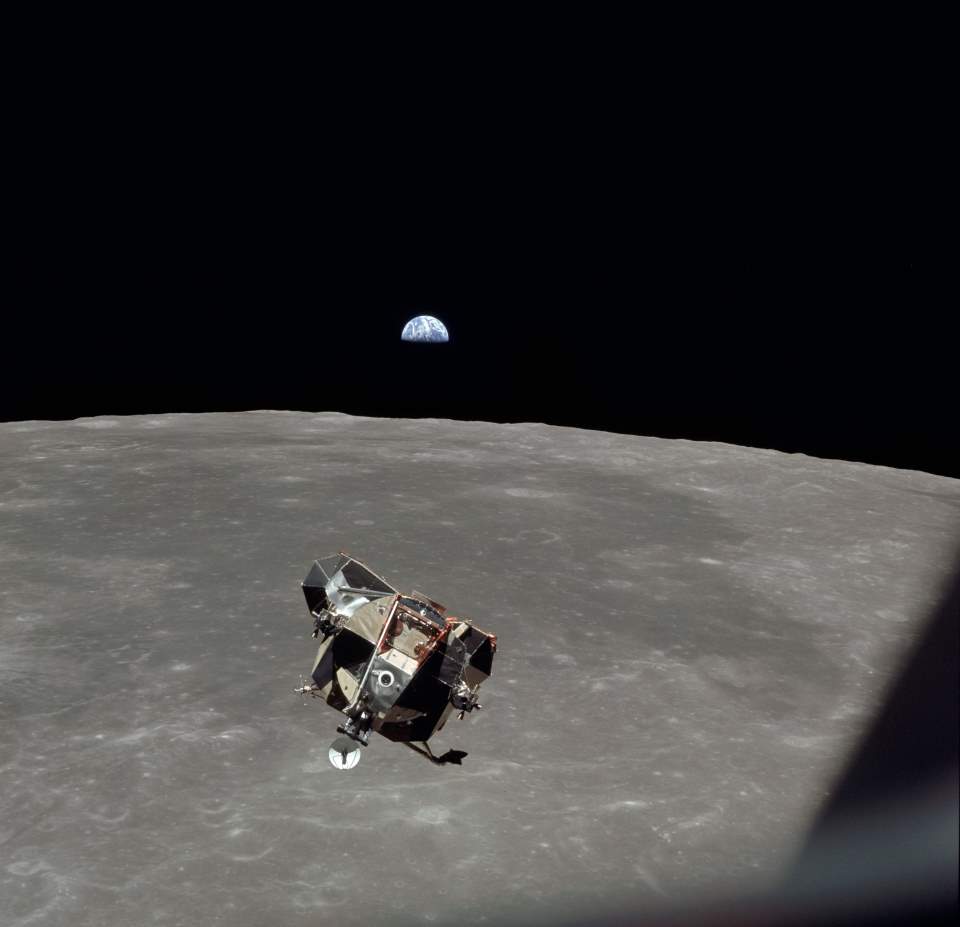
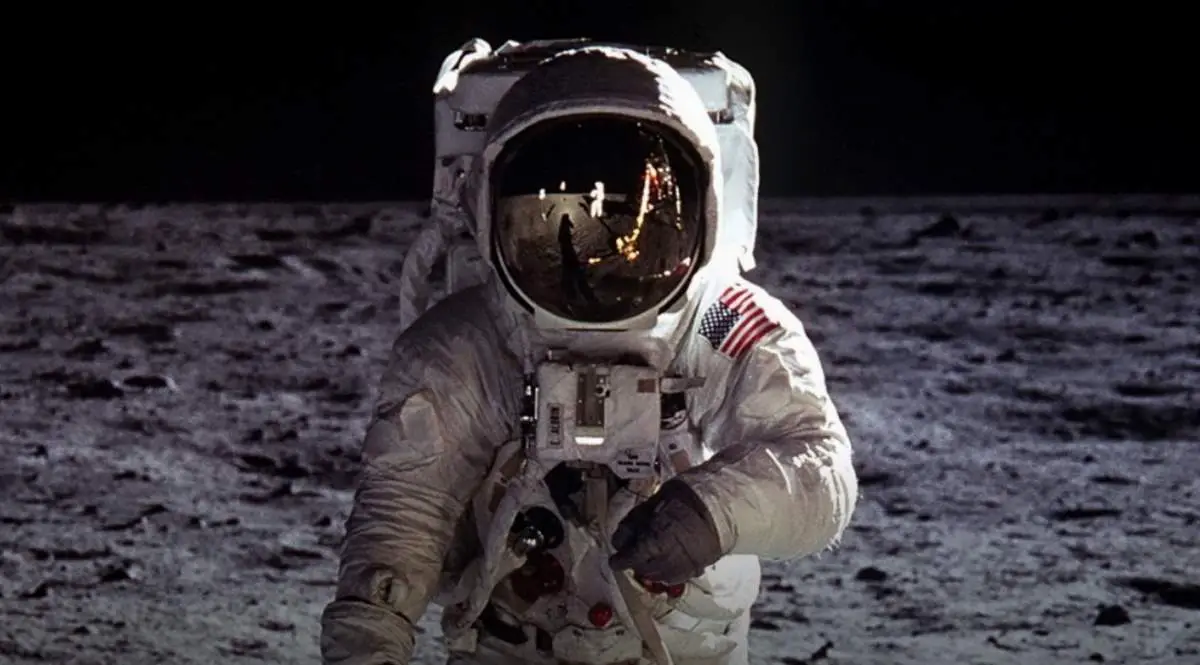
One reply on “Complete descent and landing of Apollo 11 [July 20, 1969]”
On the fuller recording I hear on the honeysuckle creek website which includes the engineers’ loop, there are two things I would like to understand. One is the phrase “get those guys out of there!”and another is a little telling off of one engineer whose job seems to be to announce the computer program “we’re not listening !’ anyway they seem to be very human responses to show some of the tension on the ground. .